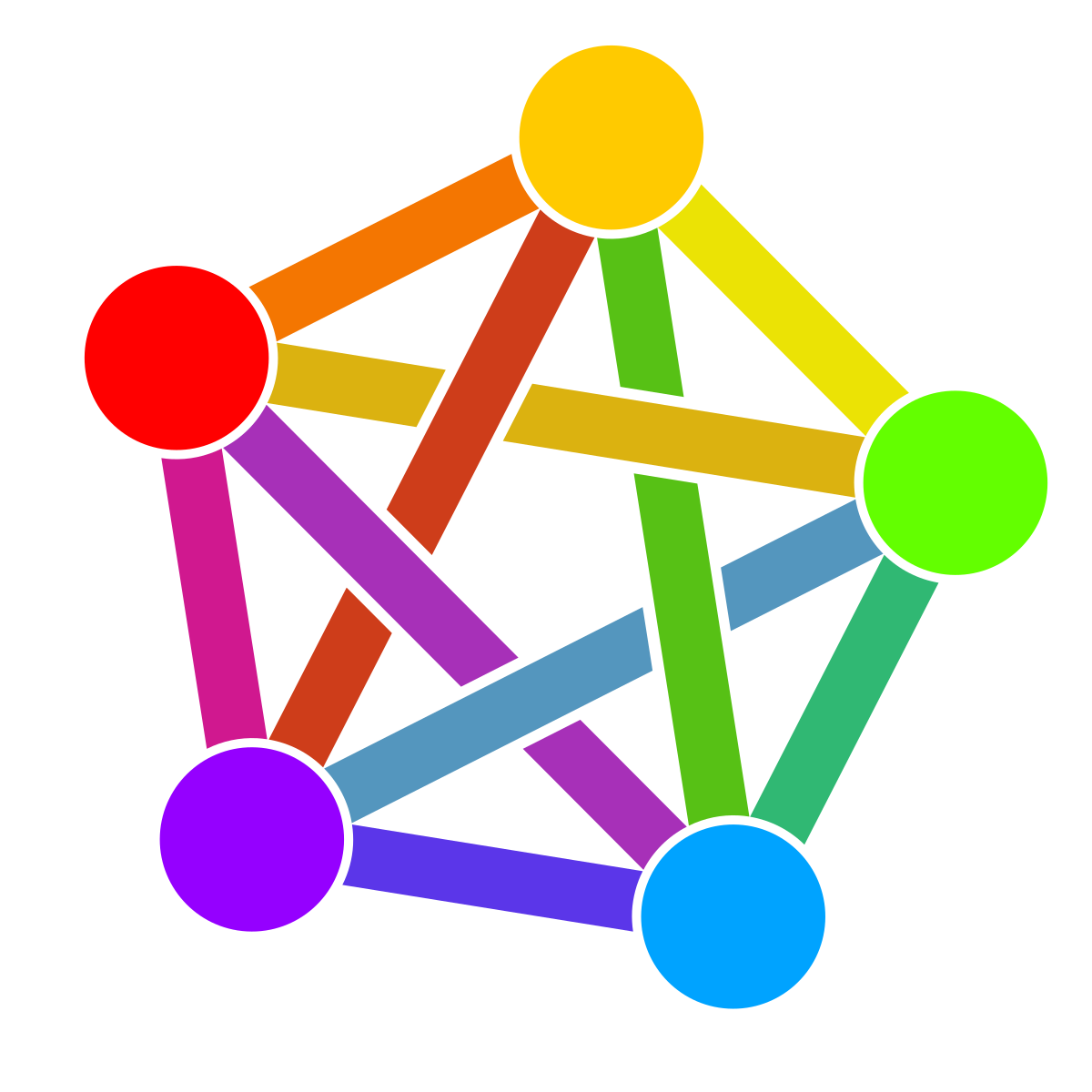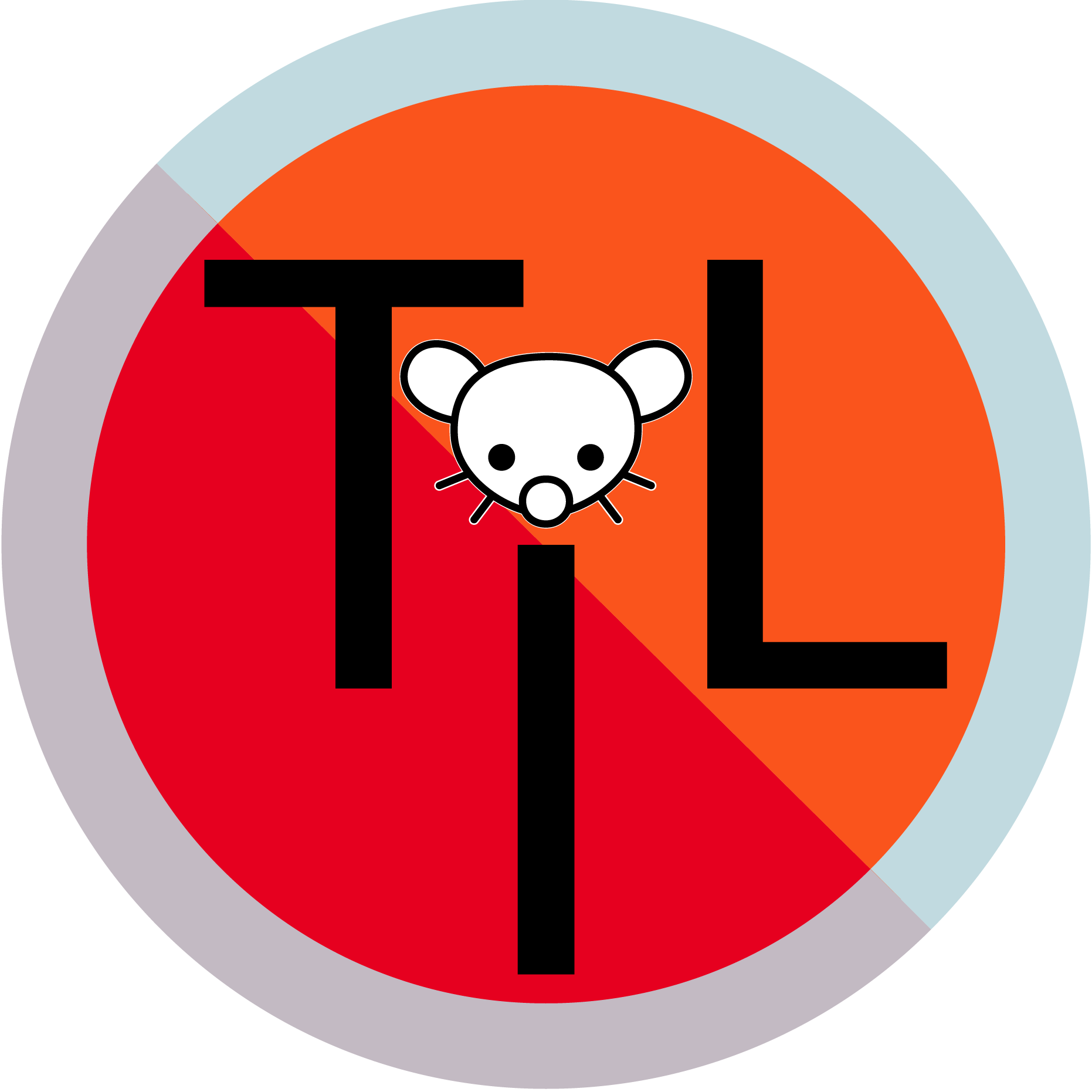

N. California as a region can’t grow and it’s priced accordingly. Instead, compare US East (Ohio) or US West (Oregon) for a region that’s price competitive. A lot of Amazon internal stuff was starting to move to US East (Ohio) because it was geographically close, but a lot less problematic.





Some people are asking why other regions seem to be affected when us-east-1 goes down. Why aren’t they separated out? I used to work in AWS, but will speak generally.
First, it’s important to understand the concept of a control plane vs a data plane. Amazon and other big scale companies often talk in terms of control plane/data plane separation because those two concepts have wildly different scale and requirements.
A control plane is the side of your service that handles the administrative functions of a service. For example, AWS S3 service would separate out bucket creation and deletion work from the file create/edit. In Route 53, this would be creating and editing zones. In IAM, it’s the creation of AWS access keys for IAM users. IAM Roles, IIRC, work differently and can function more in the data plane.
A data plane is the side of the service that handles the main meat and potatoes of a service. For example, AWS S3 any object key creates, edits, deletes would all be part of the data plane. In Route 53, these would be any DNS record query. I don’t know if updating a record was considered a data plane call or not.
These are separated out because data plane generally massively dwarf the number of calls for administrative APIs. It’s also done because control plane calls often times have some extra complexities. Like in Route 53, to create a zone means you need to go find n different name servers that can handle a given domain name without overlapping with another customer, you need to tell them that they should now handle calls, you need to get the records to those servers running all over the world.
The fact is Route 53 is globally replicated and they need to have a source of truth and engineering culture pushes Amazon towards a pull based approach. If a user creates a zone in eu-west-1, they still expect it to be on servers all over the world, so how do you get it there? Well, AWS takes the approach that certain services can have a single region dependency for their control plane in the case that it’s infeasible technically or to the business to avoid one, however the data plane of the service can’t have that dependency.